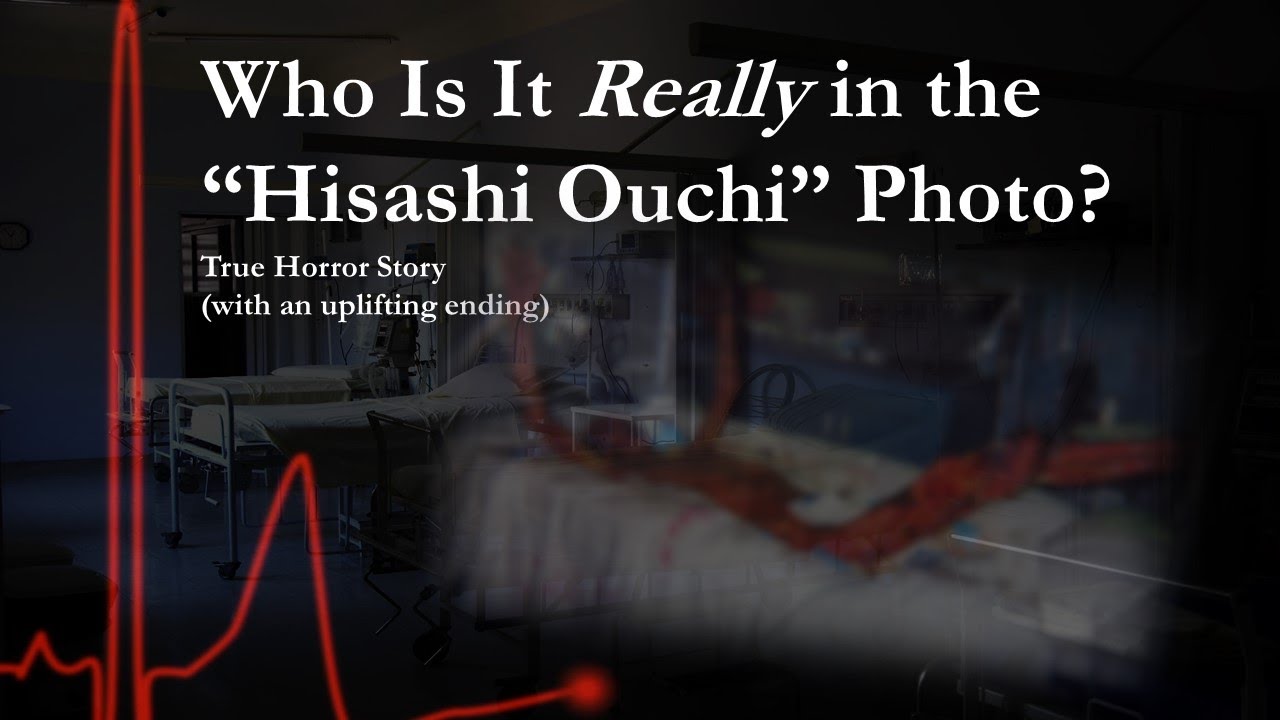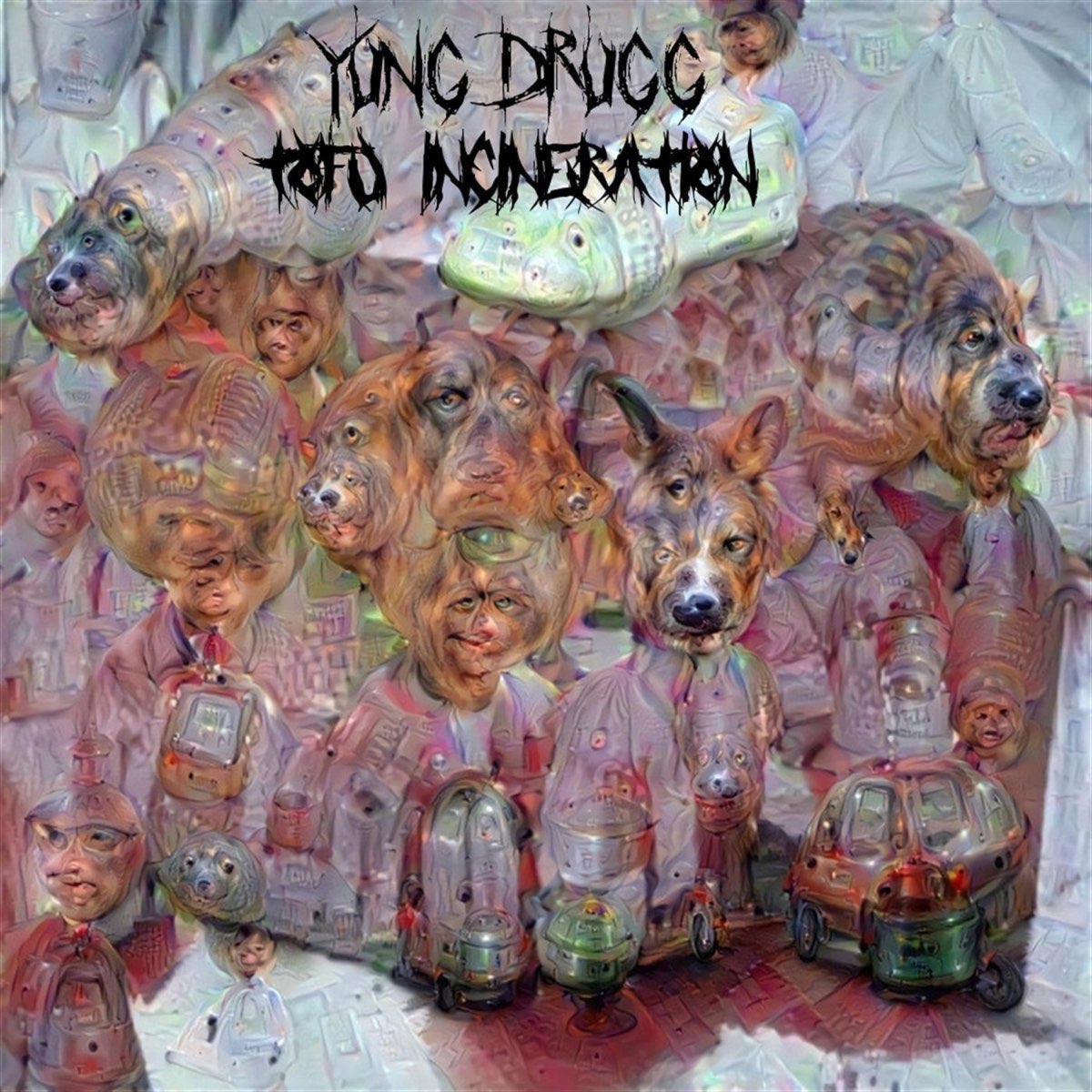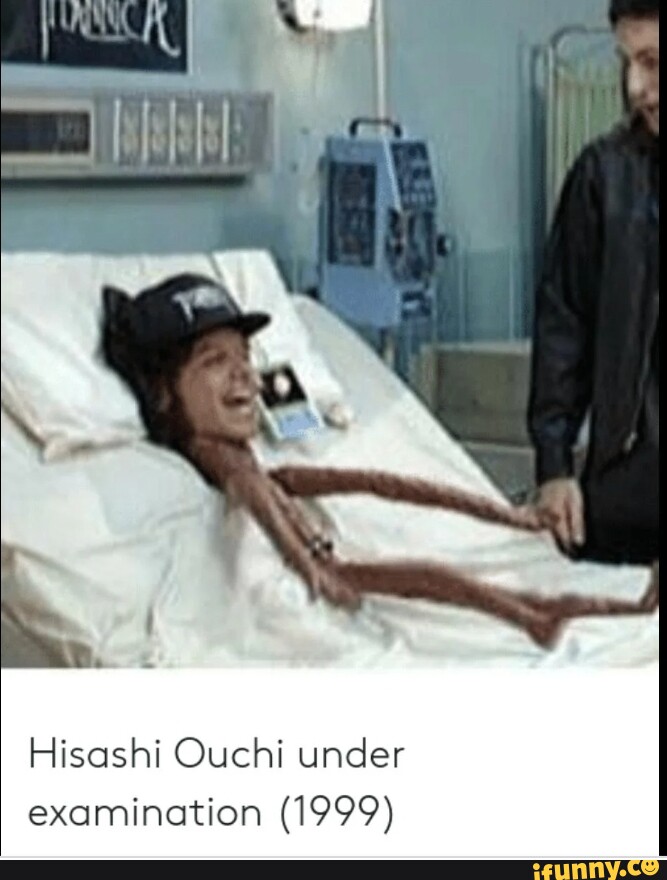"Hisashi Ouchi Real Photos Hospital No Blur" refers to a set of uncensored photographs depicting Hisashi Ouchi, a Japanese nuclear technician who suffered a criticality accident in 1999. The photographs show Ouchi's severe injuries, which included extensive burns and tissue damage.
The photographs have been widely circulated online, and they have sparked controversy over the ethics of sharing such graphic images. Some people argue that the photographs are important for raising awareness of the dangers of nuclear accidents, while others believe that they are too disturbing to be shared publicly. Ultimately, the decision of whether or not to view the photographs is a personal one.
In addition to the ethical concerns, the photographs have also raised questions about the privacy of Hisashi Ouchi and his family. The photographs were taken without Ouchi's consent, and his family has repeatedly asked for them to be removed from the internet. However, the photographs continue to be circulated, and it is unclear what can be done to prevent their further distribution.
Hisashi Ouchi Real Photos Hospital No Blur
The uncensored photographs of Hisashi Ouchi, a Japanese nuclear technician who suffered a criticality accident in 1999, have sparked controversy over the ethics of sharing such graphic images. The photographs show Ouchi's severe injuries, which included extensive burns and tissue damage.
- Ethics: The photographs raise questions about the ethics of sharing graphic images of suffering.
- Privacy: The photographs were taken without Ouchi's consent, and his family has repeatedly asked for them to be removed from the internet.
- Sensationalism: The photographs have been used by some media outlets to sensationalize the story of Ouchi's accident.
- Education: The photographs could be used to educate people about the dangers of nuclear accidents.
- Trauma: The photographs can be traumatizing for some viewers.
- Consent: Ouchi did not consent to the photographs being taken, and his family has not consented to their distribution.
- Legal: The distribution of the photographs may violate privacy laws in some countries.
Ultimately, the decision of whether or not to view the photographs is a personal one. However, it is important to be aware of the ethical and privacy concerns surrounding the images before making a decision.
Ethics
The photographs of Hisashi Ouchi raise important ethical questions about the sharing of graphic images of suffering. On the one hand, some argue that these images can be used to raise awareness of the dangers of nuclear accidents and other tragedies. On the other hand, others argue that these images are too disturbing and that they violate the privacy of the victim and his family.
There is no easy answer to this question. Ultimately, it is up to each individual to decide whether or not they want to view these images. However, it is important to be aware of the ethical issues involved before making a decision.
In the case of Hisashi Ouchi, his family has repeatedly asked for the photographs to be removed from the internet. However, the photographs continue to circulate, and it is unclear what can be done to prevent their further distribution.
The case of Hisashi Ouchi is a reminder that we need to be mindful of the ethical implications of sharing graphic images of suffering. We should always consider the privacy of the victim and their family, and we should be respectful of their wishes.
Privacy
The photographs of Hisashi Ouchi, a Japanese nuclear technician who suffered a criticality accident in 1999, were taken without his consent. His family has repeatedly asked for the photographs to be removed from the internet, but they continue to circulate.
- Unauthorized Distribution: The photographs were taken without Ouchi's consent and have been distributed without the consent of his family.
- Privacy Violation: The photographs are a clear violation of Ouchi's privacy and the privacy of his family.
- Emotional Distress: The photographs have caused Ouchi's family great emotional distress.
- Public Interest: Some argue that the public has a right to see the photographs because they raise awareness of the dangers of nuclear accidents. However, this argument ignores the privacy rights of Ouchi and his family.
The case of Hisashi Ouchi is a reminder that we need to be mindful of the privacy rights of others, even when we believe that the public has a right to know. We should always consider the wishes of the victim and their family, and we should be respectful of their privacy.
Sensationalism
The photographs of Hisashi Ouchi, a Japanese nuclear technician who suffered a criticality accident in 1999, have been used by some media outlets to sensationalize the story of his accident. This sensationalism has led to the photographs being shared widely online, often without regard for the privacy of Ouchi and his family.
- Focus on Graphic Details: The photographs of Ouchi's injuries are extremely graphic and disturbing. Some media outlets have chosen to focus on these details in order to attract viewers and readers.
- Lack of Context: Some media outlets have failed to provide adequate context for the photographs. This has led to the photographs being misinterpreted and used to spread misinformation about nuclear accidents.
- Emotional Manipulation: Some media outlets have used the photographs to manipulate the emotions of viewers and readers. This has been done in order to generate sympathy for Ouchi and his family, but it has also been used to create fear and anxiety about nuclear accidents.
- Disrespect for Privacy: The photographs of Ouchi were taken without his consent, and his family has repeatedly asked for them to be removed from the internet. However, some media outlets have continued to publish the photographs, showing a lack of respect for Ouchi's privacy and the privacy of his family.
The sensationalism surrounding the photographs of Hisashi Ouchi has had a number of negative consequences. It has caused Ouchi's family great emotional distress, it has spread misinformation about nuclear accidents, and it has made it difficult for people to have a rational discussion about the risks and benefits of nuclear energy.
Education
The photographs of Hisashi Ouchi, a Japanese nuclear technician who suffered a criticality accident in 1999, could be used to educate people about the dangers of nuclear accidents. The photographs show the devastating effects of radiation exposure, and they can be used to illustrate the importance of nuclear safety.
However, it is important to note that the photographs are extremely graphic and disturbing. They should not be shown to children or to people who are sensitive to such images.
If you do decide to view the photographs, please be aware of the potential risks. The photographs may be traumatizing for some viewers.
Trauma
The photographs of Hisashi Ouchi, a Japanese nuclear technician who suffered a criticality accident in 1999, are extremely graphic and disturbing. They show the devastating effects of radiation exposure, and they can be traumatizing for some viewers.
- Emotional Distress: The photographs can cause viewers to experience a range of negative emotions, including shock, horror, sadness, and anger. These emotions can be overwhelming and can lead to psychological distress.
- Physical Reactions: The photographs can also cause viewers to experience physical reactions, such as nausea, vomiting, and dizziness. These reactions are caused by the body's natural response to stress.
- Long-Term Effects: In some cases, the photographs can have long-term effects on viewers. These effects can include anxiety, depression, and post-traumatic stress disorder (PTSD).
It is important to be aware of the potential risks of viewing the photographs of Hisashi Ouchi. If you are sensitive to graphic images, or if you have a history of mental health problems, you should avoid viewing the photographs.
Consent
The photographs of Hisashi Ouchi, a Japanese nuclear technician who suffered a criticality accident in 1999, were taken without his consent. His family has repeatedly asked for the photographs to be removed from the internet, but they continue to circulate. This lack of consent is a serious violation of Ouchi's privacy and the privacy of his family.
The photographs of Ouchi are particularly disturbing because they show the devastating effects of radiation exposure. Ouchi's body was severely burned, and he suffered from organ failure. He died a slow and painful death over the course of several months.
The fact that the photographs of Ouchi were taken without his consent and continue to be distributed against the wishes of his family is a serious ethical issue. It is important to remember that Ouchi was a human being who deserves to be treated with respect. His privacy should not be violated, and his family's wishes should be respected.
The case of Hisashi Ouchi is a reminder that we need to be mindful of the privacy rights of others, even when we believe that the public has a right to know. We should always consider the wishes of the victim and their family, and we should be respectful of their privacy.
Legal
The distribution of the photographs of Hisashi Ouchi, a Japanese nuclear technician who suffered a criticality accident in 1999, may violate privacy laws in some countries. In many countries, it is illegal to distribute photographs of someone without their consent, and this includes photographs of people who are deceased.
- Privacy Laws: Privacy laws vary from country to country, but most countries have laws that protect the privacy of individuals. These laws may include restrictions on the distribution of photographs, especially photographs that are considered to be private or sensitive.
- Consent: In most countries, it is illegal to distribute photographs of someone without their consent. This is because photographs are considered to be a form of personal information, and individuals have a right to control the distribution of their personal information.
- Public Interest: In some cases, the public interest may outweigh the privacy rights of an individual. For example, the distribution of photographs of a public figure may be considered to be in the public interest if the photographs are newsworthy or if they are being used to raise awareness of an important issue.
The case of Hisashi Ouchi is a complex one, and it is not clear whether the distribution of the photographs violates privacy laws. However, it is important to be aware of the privacy laws in your country before distributing photographs of someone, especially if the photographs are considered to be private or sensitive.
FAQs
This section answers frequently asked questions about the uncensored photographs of Hisashi Ouchi, a Japanese nuclear technician who suffered a criticality accident in 1999.
Question 1: Is it ethical to share the photographs of Hisashi Ouchi?
Answer: The ethics of sharing the photographs of Hisashi Ouchi are complex. Some argue that the photographs are important for raising awareness of the dangers of nuclear accidents, while others believe that they are too disturbing to be shared publicly. Ultimately, the decision of whether or not to view the photographs is a personal one.
Question 2: Do the photographs violate Ouchi's privacy?
Answer: Yes, the photographs of Hisashi Ouchi violate his privacy. The photographs were taken without his consent, and his family has repeatedly asked for them to be removed from the internet.
Question 3: Are the photographs sensationalized?
Answer: Yes, some media outlets have sensationalized the photographs of Hisashi Ouchi. They have focused on the graphic details of his injuries and have used the photographs to generate sympathy and fear.
Question 4: Can the photographs be used to educate people about the dangers of nuclear accidents?
Answer: Yes, the photographs of Hisashi Ouchi can be used to educate people about the dangers of nuclear accidents. However, it is important to note that the photographs are extremely graphic and disturbing. They should not be shown to children or to people who are sensitive to such images.
Question 5: Can the photographs be traumatizing?
Answer: Yes, the photographs of Hisashi Ouchi can be traumatizing. They are extremely graphic and disturbing, and they can cause viewers to experience a range of negative emotions, including shock, horror, sadness, and anger.
Question 6: Is it legal to distribute the photographs?
Answer: The legality of distributing the photographs of Hisashi Ouchi varies from country to country. In many countries, it is illegal to distribute photographs of someone without their consent. However, in some cases, the public interest may outweigh the privacy rights of an individual.
In conclusion, the decision of whether or not to view the photographs of Hisashi Ouchi is a personal one. It is important to be aware of the ethical, privacy, and legal issues surrounding the photographs before making a decision.
Tips Regarding "Hisashi Ouchi Real Photos Hospital No Blur"
The uncensored photographs of Hisashi Ouchi, a Japanese nuclear technician who suffered a criticality accident in 1999, are graphic and disturbing. They depict the devastating effects of radiation exposure and can be traumatizing for some viewers. If you are considering viewing the photographs, it is important to be aware of the following tips:
Be aware of the ethical issues.
The photographs were taken without Ouchi's consent and his family has repeatedly asked for them to be removed from the internet. Viewing the photographs without their consent raises ethical concerns about privacy and exploitation.
Consider your own emotional well-being.
The photographs are extremely graphic and can be traumatizing for some viewers. If you are sensitive to such images, it is best to avoid viewing them.
Be mindful of the privacy of others.
If you do decide to view the photographs, be mindful of the privacy of others. Do not share the photographs with anyone who does not want to see them.
Respect the wishes of Ouchi's family.
Ouchi's family has repeatedly asked for the photographs to be removed from the internet. Respect their wishes and do not share the photographs with anyone.
Seek professional help if needed.
If you are struggling to cope with the emotions that the photographs evoke, seek professional help. A therapist can help you process your emotions and develop coping mechanisms.
Summary
The photographs of Hisashi Ouchi are a reminder of the devastating effects of nuclear accidents. They are also a reminder of the importance of privacy and ethical considerations when dealing with sensitive and graphic images.
Conclusion
The uncensored photographs of Hisashi Ouchi, a Japanese nuclear technician who suffered a criticality accident in 1999, have sparked controversy over the ethics of sharing such graphic images. The photographs show Ouchi's severe injuries, which included extensive burns and tissue damage. While some argue that the photographs are important for raising awareness of the dangers of nuclear accidents, others believe that they are too disturbing to be shared publicly.
The case of Hisashi Ouchi raises important questions about privacy, consent, and the public interest. It is important to remember that Ouchi was a human being, and his dignity should be respected. His family has repeatedly asked for the photographs to be removed from the internet, and their wishes should be respected.
The photographs of Hisashi Ouchi are a reminder of the devastating effects of nuclear accidents. They are also a reminder of the importance of ethical considerations when dealing with sensitive and graphic images. We must always weigh the public interest against the privacy rights of individuals.
Eric Bellinger's Net Worth: A True Reflection Of Success And Talent
Tim Kendall's Net Worth: Moment CEO's Success Story
Unveiling The Truth Behind Pierre Gasly's Transformation

The Untold Story Hisashi ouchi real photos hospital no blur

Hisashi Ouchi Single Album by Acacia Komodo Apple Music

Hisashi Ouchi under examination (1999) iFunny
ncG1vNJzZmiqmaOxtnrBpaabZpOkv6Z61qKlnaenqHuvsdNom56lkaB%2FcLTIrJisoJlivLavx6Jkq52RoXqxtM6tpqxlmKTAsbXTmqNmpp9ir63B0WefraWc